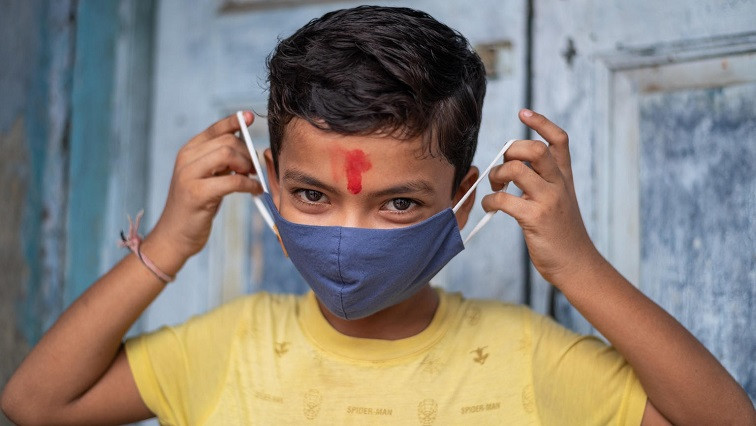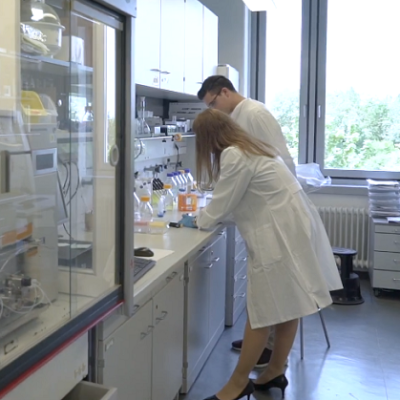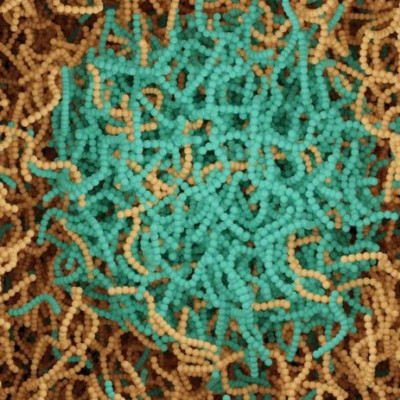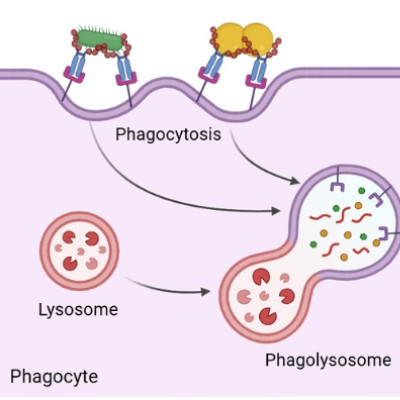As the coronavirus disease 2019 (COVID-19) continues to spread globally, countries are adapting to the new normal. This includes wearing face masks, protective clothing, face shields, and practicing social distancing.
These non-pharmacological interventions (NPIs) can help mitigate the transmission of severe acute respiratory syndrome coronavirus 2 (SARS-CoV-2), the virus that causes COVID-19.
Face masks have become normal paraphernalia for people, even those who are not health workers. Initially, masks were intended to protect surrounding people. Now, wearers also use face masks to protect themselves from others.
Finding an effective, antimicrobial, and comfortable fabric for face masks and personal protective clothing (PPE) is necessary to ensure that wearers are protected from virus-laden respiratory droplets from infected individuals.
Researchers at S N Bose National Centre for Basic Sciences in West Bengal found that a nanoceutical fabric, which is comfortable, washable, and anti-microbial, can prevent the transmission of the virus.
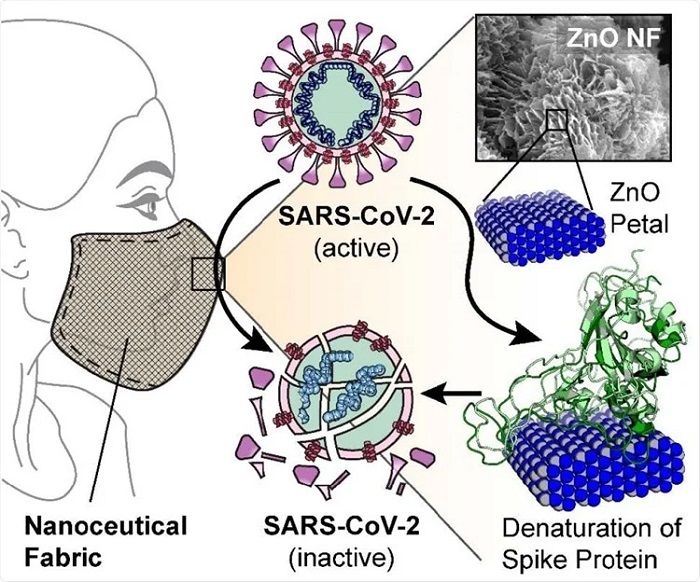
A novel nanoceutical cotton fabric duly sensitized with non-toxic zinc oxide nanoflower can potentially be used as membrane filter in the one way valve of face mask to assure breathing comfort along with source control of COVID-19 infection. The nanoceutical fabric denatures the SARS-CoV-2 spike protein and makes the microorganism ineffective.
Face mask issues
Personal protective equipment (PPE) covers a wide range of materials and tools used to reduce the transmission of respiratory droplets from infected individuals. Apart from protecting others, it can also protect the wearer from contracting the virus.
The U.S. Centers for Disease Control and Prevention (CDC) warned against the use of one-way vents or valves in face masks since these can facilitate the viral transmission. It can also cause severe discomfort and health problems.
Past studies have suggested that commonly available N95 face masks can cause changes in blood oxygen and carbon dioxide levels when used for long periods. These changes are commonly seen in people who are older, obese, or have chronic obstructive pulmonary disease (COPD).
Other health effects include increased heart rate, elevated blood pressure, hypercapnia or increased carbon dioxide levels, and chest pain. One of the solutions is to cover the vent with a porous filter that can trap or kill microbes like viruses.
To date, there is still no study to develop such filters. Developing filters made of natural fabrics embedded with antimicrobial agents could be an effective solution.
The study
The study, published on the preprint journal bioRxiv server, explored the use of a novel nanoceutical cotton fabric duly sensitized with non-toxic zinc oxide (ZnO) nanoflower that can be used as membrane filter in the one-way valve of face mask to ensure breathing comfort. Apart from this, it can also protect the wearer from COVID-19 infection.
The nanoceutical fabric can alter the SARS-CoV-2 spike protein, making the virus ineffective.
To arrive at the study findings, the researcher team conducted a comprehensive computer-assisted simulation study, revealing the unique potential of ZnO nanoflowers. These have two-dimensional nanopetals in trapping and denaturation of the SARS-CoV-2 spike protein, killing the virus.
Further, the team synthesized the ZnO NF on natural cotton fiber matrix by a one-pot hydrothermal assisted approach. They also tested the fabric’s antimicrobial properties through an exhaustive antimicrobial study using a capsule containing Pseudomonas aerugnosa, which shares similar homology to coronavirus spike protein.
The study findings showed that the developed nanoceutical fabric filter has outstanding antimicrobial efficiency.
The research team has successfully used commonly available cotton fabrics infused with ZnO nanoflowers. The resulting product was effective in destroying the microbial membrane, inhibiting the infection.
To further test the product, they designed a laboratory-grade prototype respiratory using a regular N95 mask with the ZnO nanoflower cotton fabrics. The respiratory, which was porous and light-weight, solved the common problem of carbon dioxide rebreathing and prevented the spread of microbes through the pores.
The new product could be used in the production of masks and PPEs, which are urgently needed today, particularly by health workers in the front lines of the pandemic fight.
Read the original article on Medical News.

